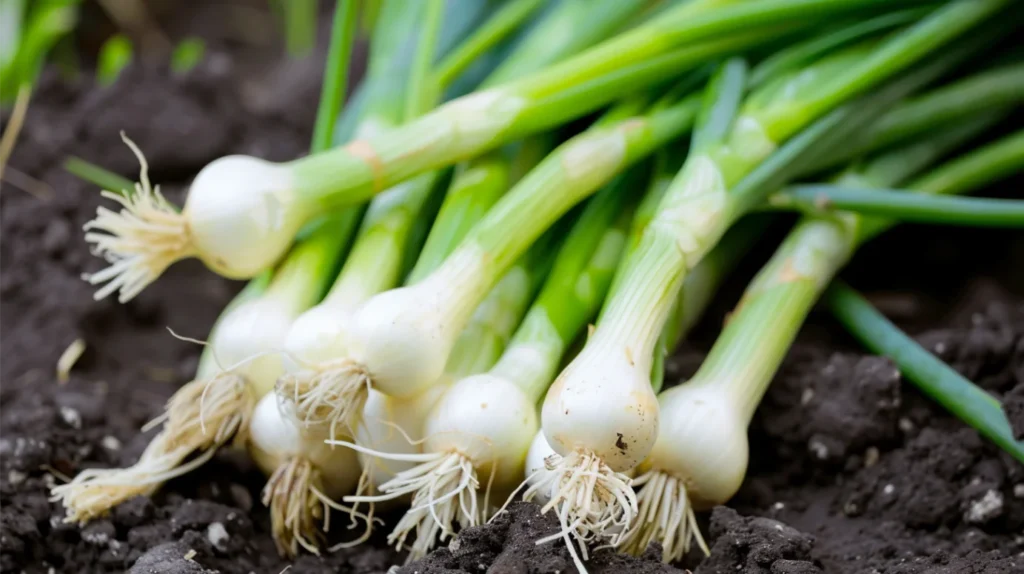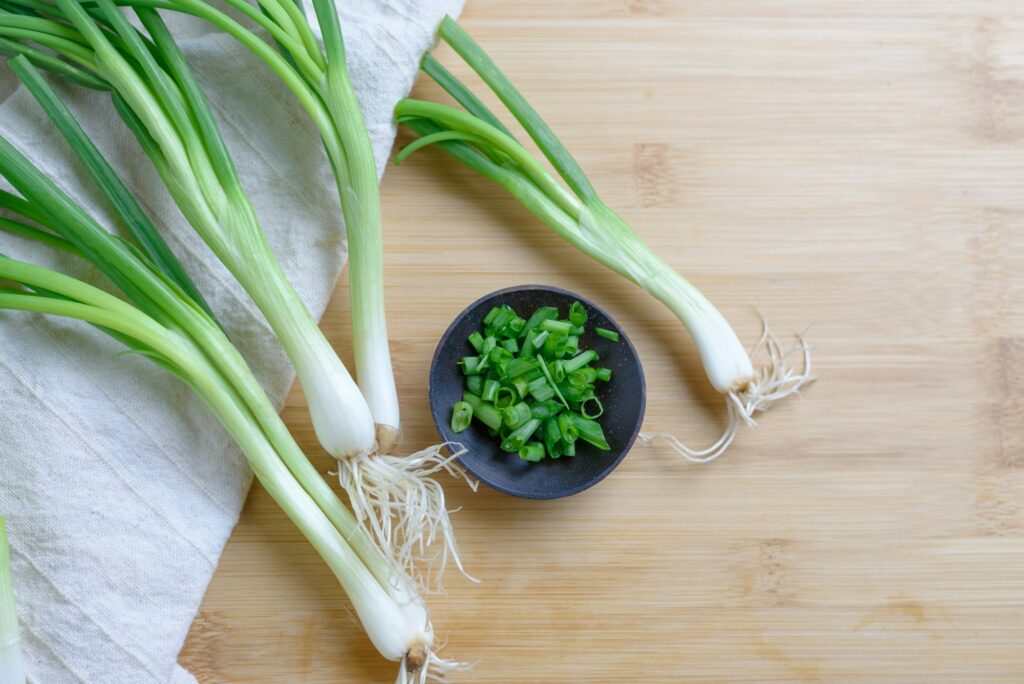A Comprehensive Guide on How to Plant and Grow Scallions

Are you looking to add a fresh, flavorful ingredient to your dishes? Look no further than scallions! These versatile vegetables, also known as green onions or spring onions, are easy to grow and can be harvested year-round. In this comprehensive guide, we’ll walk you through the steps of planting and growing scallions, so you can enjoy these delicious greens in your cooking.
Why Grow Scallions?
Scallions are a popular choice for home gardeners for several reasons:
- Easy to grow and require minimal space
- Mild, onion-like flavor that complements many dishes
- Packed with nutrients, including vitamin C, vitamin K, and fiber
- Can be harvested continuously, providing a steady supply of fresh greens
Choosing the Right Variety

When it comes to selecting a scallion variety to grow, consider the following options:
| Variety | Characteristics |
|---|---|
| Evergreen Long White | Long, slender stems; mild flavor; well-suited for bunching |
| Tokyo Long White | Long, white stems; tender leaves; slightly stronger flavor |
| Red Beard | Distinctive red stems; mild, sweet flavor; slow to bolt |
Choose a variety based on your climate, growing conditions, and personal preferences.
Preparing the Soil
To ensure your scallions thrive, follow these steps to prepare the soil:
- Choose a location that receives full sun to partial shade
- Remove any weeds or debris from the area
- Loosen the soil to a depth of 6-8 inches using a garden fork or tiller
- Mix in a 2-inch layer of compost or well-rotted manure to improve soil fertility and structure
- Rake the soil smooth and level
Planting Scallions

Scallions can be grown from either seeds or sets (small bulbs). If starting from seeds:
- Sow seeds directly in the garden, about 1/4 inch deep and 1 inch apart
- Keep the soil moist but not waterlogged until the seeds germinate (7-14 days)
- Once seedlings are 2-3 inches tall, thin them to 2-3 inches apart
If planting sets:
- Plant the sets 1 inch deep and 2-3 inches apart
- Water the sets well after planting
- Keep the soil moist but not waterlogged
For a continuous harvest, plant scallions in succession every 2-3 weeks.
Caring for Scallions
Once your scallions are planted, provide them with the following care:
- Water regularly, keeping the soil consistently moist but not waterlogged
- Apply a balanced, water-soluble fertilizer every 2-3 weeks to promote growth
- Mulch around the plants with a 1-inch layer of organic material to retain moisture and suppress weeds
- Remove any yellowing or damaged leaves to prevent disease and improve air circulation
Harvesting Scallions
Scallions are ready to harvest once they reach 6-8 inches tall. To harvest:
- Grasp the base of the plant and pull it gently from the soil
- Rinse the scallions thoroughly to remove any dirt or debris
- Trim off the root end and any damaged leaves
- Use the scallions fresh or store them in the refrigerator for up to a week
For a continuous harvest, you can also snip off the green tops as needed, leaving about an inch of growth above the soil.
Using Scallions in the Kitchen

Scallions are incredibly versatile and can be used in a wide range of dishes:
- Chop and add to salads, sandwiches, or wraps
- Use as a garnish for soups, stews, or roasted meats
- Grill or sauté as a side dish
- Incorporate into stir-fries, omelets, or quiches
- Blend into dips, sauces, or dressings
Experiment with different ways of using scallions to discover new flavor combinations and elevate your meals.
Troubleshooting Common Problems

While scallions are generally easy to grow, keep an eye out for these common problems:
- Yellowing or wilting leaves: Can be caused by overwatering, underwatering, or nutrient deficiencies. Ensure proper watering and fertilization.
- Pest damage: Watch for onion maggots or thrips. Practice crop rotation, remove affected plants, and use row covers or natural pest repellents.
By staying vigilant and addressing problems quickly, you can keep your scallion plants healthy and productive.
Conclusion
Growing scallions at home is a rewarding and enjoyable experience that provides you with a fresh, flavorful ingredient for your cooking. By following the steps outlined in this comprehensive guide, you can successfully plant, grow, and harvest scallions in your garden. With a little care and attention, you can enjoy a bountiful harvest of scallions year-round.





